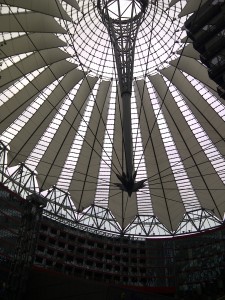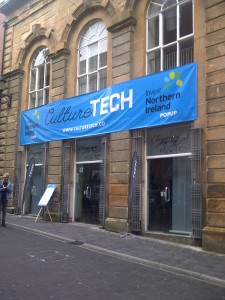The UK Government is investing in super-fast broadband in the name of international competitiveness (speed), as well as to facilitate access to digital by default public services and the burgeoning internet economy (connectivity). It is committed to stimulating digital participation amongst newcomers to the digital frontier (i.e. promoting super-fast broadband take-up). And, it continues to take steps to deliver against its ‘assisted digital‘ agenda, in theory, to smooth the transition to the Next Generation world that is currently under construction.
The extent to which its plans are deemed adequate and/or value for money are well-rehearsed and, not least, in the context of recent parliamentary debates and NAO reports on the subject.

Irrespective, we are concerned to find precious little evidence that the Government is taking steps to guarantee affordability of access to contemporary telecommunications infrastructure – save insofar as it can point to an independent regulator in Ofcom – for public sector service reliant communities. We are concerned that narrowly investing to benefit the corporate internet will do little (if anything) to stimulate STEM skills acquisition, knowledge economy job creation and related business development in deprived settings.
And, we are concerned that the lessons from past infrastructure planning and implementation by Governments might, once again, undermine the potential for rapid innovation and those socio-economic benefits that might otherwise flow from a more flexible and diverse framework for infrastructure investment and development.
Is there not scope for community intranets to host essential hyperlocal content and services – free at the point of use? Is there not scope for public sector service providers to invest efficiency savings from digital by default service roll-out to subsidise the cost of internet access for deprived communities? Is there not scope for a not for private profit backhaul wholesaler to emerge from a consortia of stakeholders supporting/representing our deprived communities? How might a group purchasing scheme for internet access in deprived communities function in practice? Is there scope for collaborative consumption or the ‘sharing economy’ where facilitating internet access for ALL is concerned?
We’ve talked elsewhere about civic engineering and self-built then horizontally managed networks developed by and for communities – the implications of which include STEM skills development and knowledge economy jobs and business creation. Is the planned roll-out of contemporary infrastructure by “experts” from outside a community liable to leave a comparable legacy in its wake? And, how will we be better placed in the future than we are today when it comes to digital competitiveness (overall) and/or we need to upgrade our infrastructure to keep pace with technological advancements?
We are privileged to be supporting a number of civic engineering initiatives across the UK which aim to explore such questions over the coming year. In particular, we are supporting the work of The Creative Coop and Merthyr Valleys Homes to establish a prototype network in the Gellideg estate in South Wales which draws upon the learning of open, hybrid and symmetrical pioneers – Guifi.net – in Catalonia. If you’re involved in something comparable – whether at home or overseas, we’d love to hear from you via @commonfutrs.






